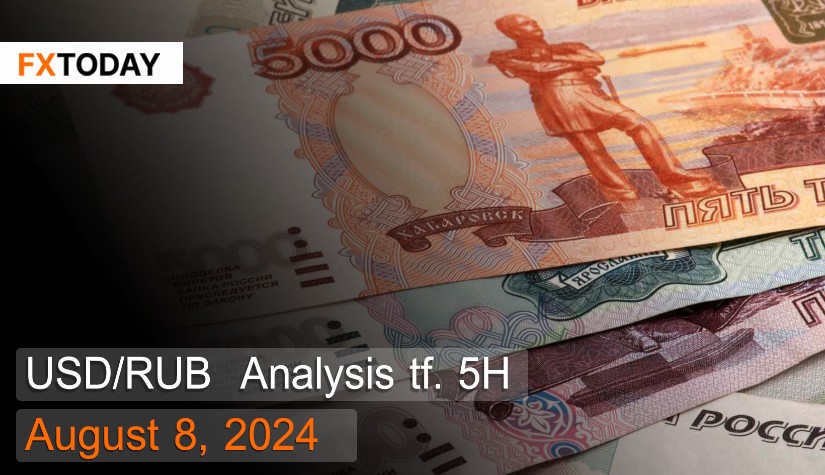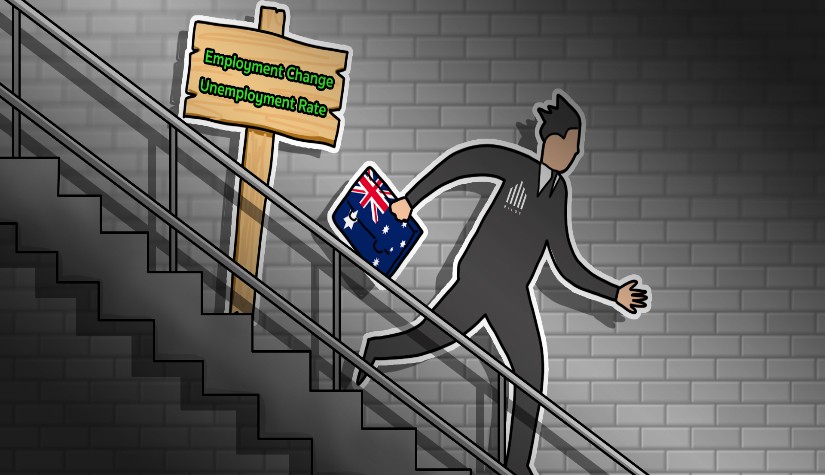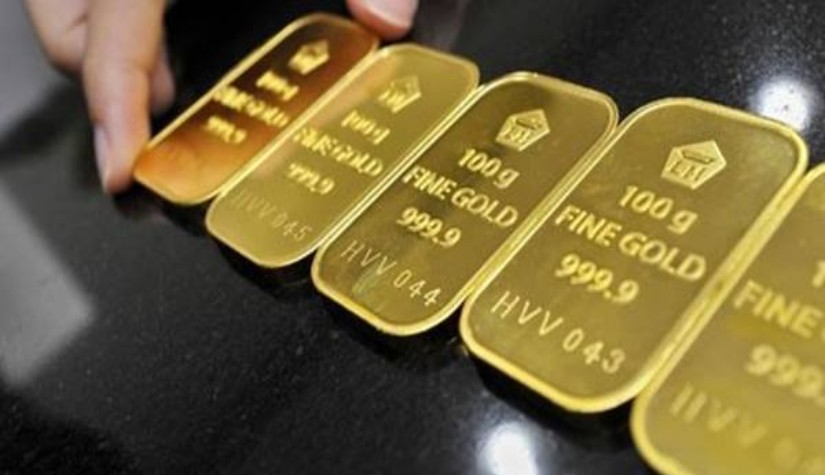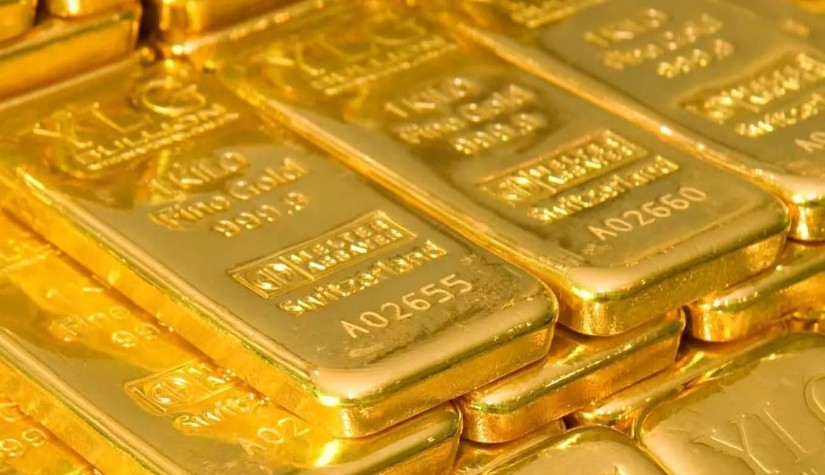The Central Bank of Russia raised the key interest rate by 200 bps.
The Russian ruble has been supported by the Central Bank of Russia's increasingly tightening monetary policy. Additionally, the ruble continues to gain strength due to export controls on companies, which require export earnings to be converted into rubles. Furthermore, Western and U.S. sanctions have increased the costs of exports and imports, directly impacting inflation.
The Central Bank of Russia raised its key interest rate by 200 bps to 18% in its latest meeting, aligning with signals from the June meeting and market expectations of further rate hikes this month due to persistent inflationary pressures. The central bank is also considering further rate hikes if necessary to control inflation, which is currently driven by continued strong domestic demand coupled with limited supply.
Higher borrowing costs, supply pressures from Western sanctions, and severe labor shortages due to mobilization for the war with Ukraine and the emigration of citizens have led the central bank to forecast inflation in 2024 at 6.5%-7%, before decreasing to 4% by the end of 2025.
Russia's manufacturing PMI fell to 53.6 in July, marking the 26th consecutive month of factory activity expansion but the weakest growth since January, as production growth slowed while new orders expanded at the slowest pace in a year, mostly due to a sharp decline in foreign sales. This has led to a slowdown in employment and purchases of production goods. Additionally, transportation issues and rapidly increasing transportation costs continue to pressure domestic companies.
Russia's services PMI increased to 51.1 in July, indicating the first expansion in three months as output and new orders rebounded, supported by an increase in new customers through referrals. Consistent with the increase in new orders, companies added staff at the highest rate in four months. However, cost inflation remains high, as production costs have risen sharply, forcing companies to pass on higher costs to customers, which may keep inflation elevated.
The yield on Russia's 10-year OFZ bonds continued to rise, nearing 16%, following the Central Bank of Russia's decision to raise the key interest rate to 18%. This move has pushed borrowing costs to their highest level in two years. The central bank also indicated that it may continue to raise interest rates if inflation does not slow down.
Techical analysis data (5H)
Resistance: 87.2763, 87.6254, 88.2218
Source: Investing.com
Buy/Long 1: If the price touches support in the price range of 85.7344 - 86.3309 but cannot break the support at 86.3309, you may set a TP at approximately 87.6254 and SL at around 85.3854 or according to your acceptable risk.
Buy/Long 2: If the price breaks the resistance in the price range of 87.2763 - 87.6254, you may set a TP at approximately 88.2218 and SL at around 85.7344 or according to your acceptable risk.
Sell/Short 1: If the price touches resistance in the price range of 87.2763 - 87.6254 but cannot break the resistance at 87.2763, you may set a TP at approximately 85.7344 and SL at around 88.2218 or according to your acceptable risk.
Sell/Short 2: If the price breaks the support in the price range of 85.7344 - 86.3309, you may set a TP at approximately 85.3854 and SL at around 87.6254 or according to your acceptable risk.
Pivot point August 8, 2024 08:53 PM. GMT+7
|
Name
|
S3
|
S2
|
S1
|
Pivot Points
|
R1
|
R2
|
R3
|
| Classic | 85.3854 | 85.7344 | 86.3309 | 86.6799 | 87.2763 | 87.6254 | 88.2218 |
| Fibonacci | 85.7344 | 86.0956 | 86.3187 | 86.6799 | 87.0411 | 87.2642 | 87.6254 |
| Camarilla | 86.6674 | 86.754 | 86.8407 | 86.6799 | 87.014 | 87.1007 | 87.1874 |
| Woodie's | 85.5092 | 85.7963 | 86.4547 | 86.7418 | 87.4001 | 87.6873 | 88.3456 |
| DeMark's | - | - | 86.5054 | 86.7672 | 87.4509 | - | - |
















